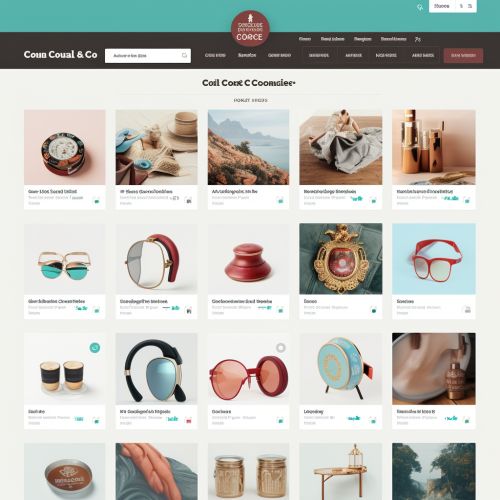Consumer to Consumer
Introduction
Consumer to Consumer (C2C) is a business model that facilitates commerce between private individuals. This model is often characterized by the transactions involving the sale of products or services where one party gains profit from the sales. The C2C model is unique in the sense that it represents a form of e-commerce, which is conducted online, where the seller and buyer are both individuals, not businesses.
History
The history of C2C transactions can be traced back to classified advertisements in newspapers. However, with the advent of the internet, C2C transactions have been taken to a new level. Online platforms such as eBay and Craigslist have emerged, providing a platform for individuals to sell or trade goods and services. These platforms have significantly increased the reach and ease of C2C transactions.


Characteristics
C2C platforms have several unique characteristics that set them apart from traditional business models. These include:
- Individuals as Sellers and Buyers: In a C2C model, both the seller and the buyer are individuals. This contrasts with traditional business models where businesses sell to consumers (B2C) or to other businesses (B2B).
- Online Platforms: C2C transactions typically take place on an online platform that facilitates the exchange. These platforms provide the infrastructure necessary for the transaction to take place.
- Trust-Based Transactions: C2C transactions often rely on trust between the buyer and seller. Many platforms have systems in place to build this trust, such as reputation systems and secure payment options.
- Direct Communication: In a C2C model, buyers and sellers communicate directly with each other. This allows for negotiation on prices and delivery options.
Advantages and Disadvantages
Like any business model, the C2C model has both advantages and disadvantages.
Advantages
- Increased Reach: Online platforms allow sellers to reach a wider audience than traditional selling methods.
- Lower Costs: Without the need for a physical store or a middleman, costs can be significantly reduced.
- Price Negotiation: Direct communication between buyer and seller allows for price negotiation, potentially leading to better deals.
Disadvantages
- Trust Issues: The reliance on trust can lead to potential scams or fraud.
- Quality Assurance: As individuals are selling the products, there may be issues with product quality or false advertising.
- Payment and Delivery Issues: Without a middleman, the responsibility for payment and delivery falls on the buyer and seller, which can lead to potential issues.
Examples of C2C Platforms
There are numerous examples of successful C2C platforms. These include:
- eBay: One of the first online C2C platforms, eBay allows individuals to list items for sale, either through an auction or a direct sale format.
- Craigslist: An online classifieds site, Craigslist allows individuals to post ads for goods, services, housing, jobs, and more.
- Airbnb: This platform allows individuals to rent out their homes or rooms to travelers, functioning as a sort of online bed and breakfast.
- Etsy: Etsy is a platform for individuals to sell handmade or vintage items, as well as craft supplies.
Future of C2C
The future of C2C is largely tied to the continued growth and development of the internet. As more people gain access to the internet, the potential for C2C transactions increases. Additionally, as trust-building measures improve, more people may be willing to participate in C2C transactions.
